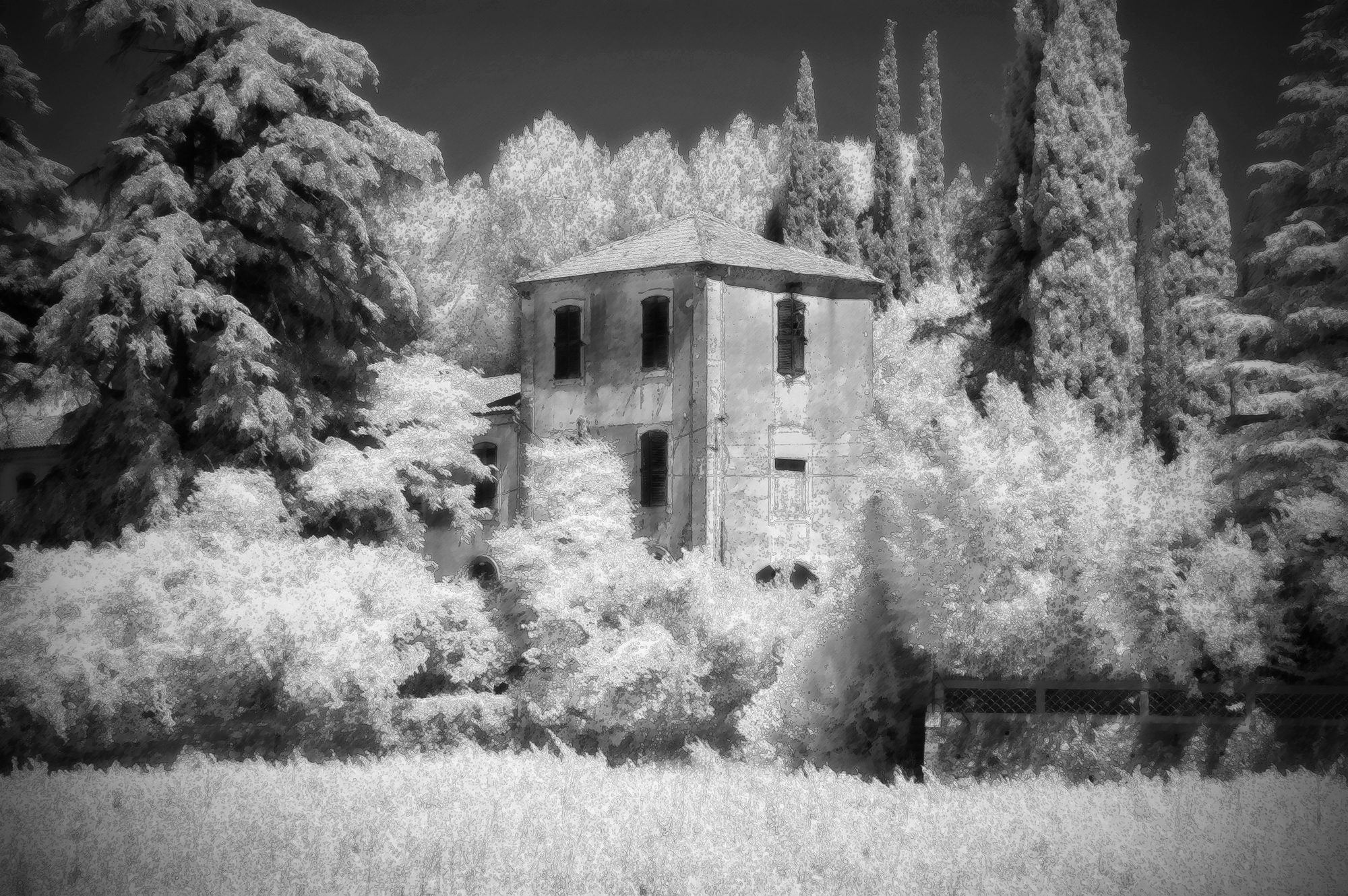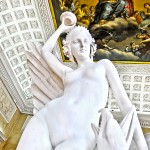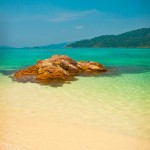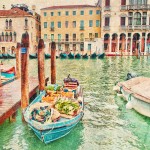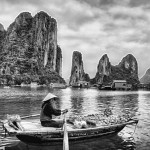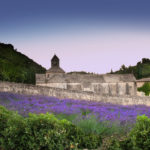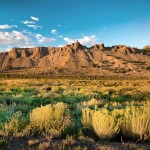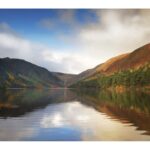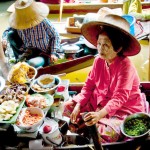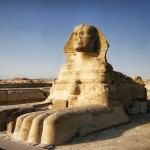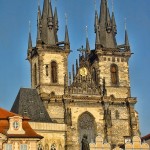The countryside is studded with tiny villages that act like the hearts at the centre of the great arteries that connect the amazing wineries of Languedoc, a kind of Frida Kahlo painting complete with angel topped sparkling fountains and tiny scrolls bearing inscriptions and dedications to viticulture’s long gone great and dead, each more picturesque than the last, each seemingly with its own masters in the art of the impossible, making outrageously good wine from rented vines, running the whole enterprise from a cave the size of a shoe box or single handedly retrieving a seemingly lost vineyard from the depredations of time and neglect: Saint Saturnin, Saint Geraud, Montperoux, each with their own personal saints and history of winemaking that stretches back to the Romans when first their ships ground onto the sandy beaches of the Gulf of Lyon.
The sun-blessed landscape around Saint Saturnin moves from green vines into carmine-earthed scrub to the amazing moonlike outcrops of the Garriques, a fusion of deliciously scented scrub of wild thyme, rosemary, lavender and marjoram. As I walked through it I couldn’t help but be transported into the film, Jean de Florette, complete with soul-wrenching music and a cast of characters whose faces spoke eloquently of the hard graft of growing carnations without water and playing too many sessions of boules under the hot August sun. Wasn’t that Gerard Depardieu now trudging down the dusty track, panniers strapped to his hunch, with his family in tow and that little mule laden with water receptacles of all kinds making their way down to get water from a neighbouring well? I want to shout over to him about the abundance of water on his own property, but he’s too distracted by his own determination to hear me.

